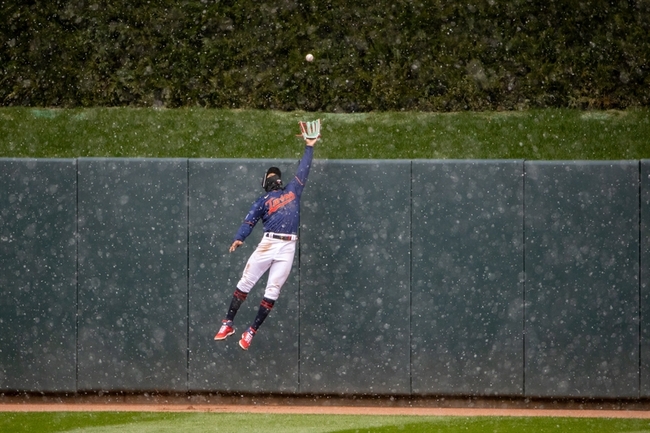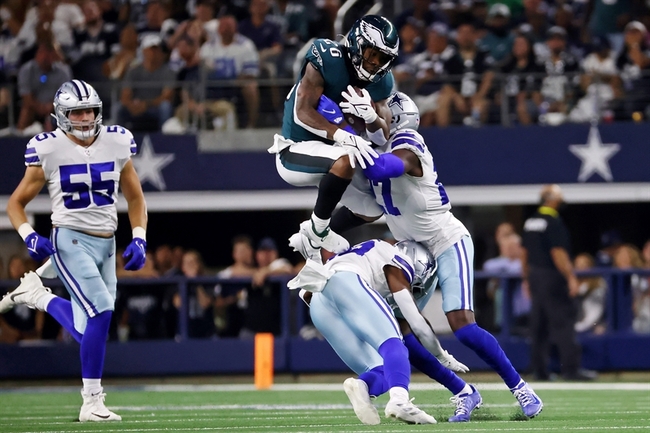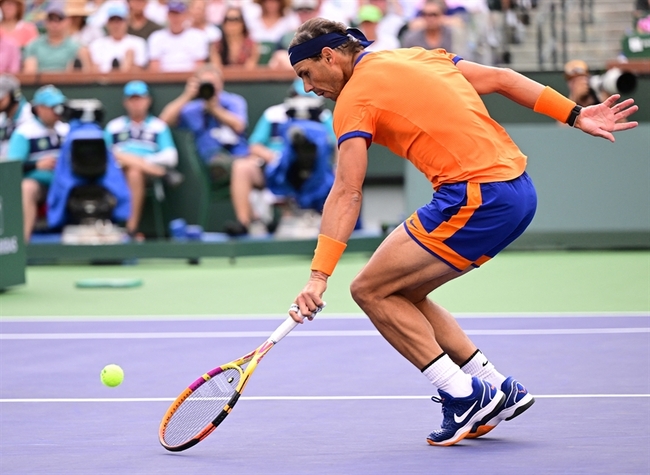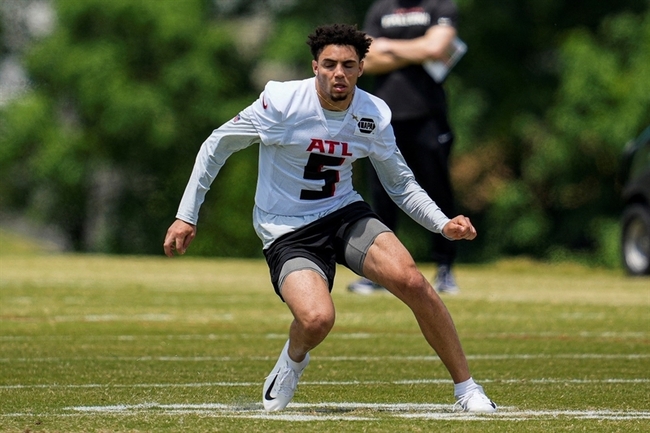You are viewing 1 of your 1 free articles
Demands of Sport: Part I - Force your way to the top
Clinicians must understand the sport’s demands when developing rehabilitation programs for athletes. In this series, Helen Bayne will discuss the foundational biomechanical aspects of sports and provide guidance to ensure that rehabilitation meets those demands and reduces the chance of re-injury. In part one, Helen discusses force plates, their use, and applicability within the clinical rehabilitation context. 
Salt Lake City, Utah, USA; Utah Jazz guard Jordan Clarkson (00) shoots an open jump shot during the fourth quarter against the Atlanta Hawks at Vivint Arena. Mandatory Credit: Chris Nicoll
Sports and Exercise Medicine (SEM) is undergoing a technological transformation, with affordable and easy-to-use devices widely available to assess multiple performance parameters. The technological advancements in SEM open the possibilities for utilizing objective measures to support clinical decision-making. However, it requires practitioners to understand how to interpret and analyze the data collected.
Practitioners assess jumping performance to guide rehabilitation progression and return to sport (RTS) decisions(1, 2). However, underlying mechanical deficits may persist even after athletes regain overall performance. For example, a single leg hop for distance on the injured limb may match the uninjured limb despite differences in knee joint angles and kinetics during landing(3). In addition, during bilateral tasks, such as the countermovement jump (CMJ), interlimb asymmetries in force production are present after severe lower limb injury (4,5). These deficits are potential contributors to the increased risk of re-injury as the ability to generate force and withstand loads during dynamic sports activities may be compromised.
NEWTON’S LAWS
Newton’s third law states that for every action (force), there is an equal and opposite reaction. When athletes apply pressure to the surface of a force plate, the electrical sensors measure the change in signal. Force plates measure the ground reaction force (GRF) that occurs in the opposite direction to the force applied by the athlete. When an athlete is standing still on a force plate, the GRF equals their body weight, i.e., F=ma: mass multiplied by acceleration caused by gravity (~ 9.8 m/s2).
______________________________________________________
NEWTON’S LAWS
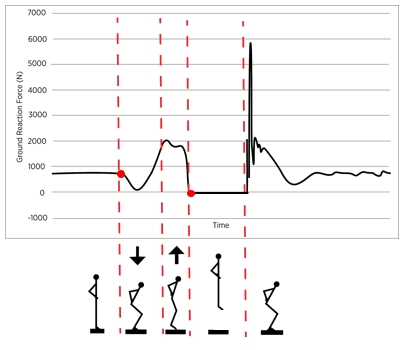
While the athlete is aerial, gravity acts to accelerate the COM downwards. Therefore, the upwards motion of the COM will start to slow down as soon as they leave the ground until reaching zero velocity at the top of the flight and speed up again on the descent. The factor that determines jump height is take-off velocity. To produce the maximum possible take-off velocity, the athlete relies on the application of the impulse-momentum theorem.
IMPULSE MOMENTUM THEOREM
Momentum is the quantity of motion a mass has and is the product of mass and velocity. In the CMJ, the athlete has zero momentum in the starting position (zero velocity) and aims to achieve the maximum possible upwards velocity at take-off. The area under the force-time curve illustrates the change in momentum dependent on the impulse of the force produced.
The period between initiation and take-off can be subdivided into three main phases (see figure 2):
- The unweighting phase (blue) is a period of negative impulse, where GRF is < body weight.
- The braking phase (yellow) is a period of positive impulse that is equal in magnitude to the unweighting phase. At the end of the braking phase, the negative and positive impulses cancel each other out, and the athlete’s momentum is again zero as they reach a momentary stop at the bottom of the squat.
- The propulsive phase (green) occurs as the athlete travels upwards. The subtraction of the negative impulse from the positive propulsive impulse is a net positive result that determines how high the athlete’s COM will travel in the air.
Figure 2: The velocity-time curve (red line) and force-time curve (black line) during the unweighting (blue), braking (yellow), and propulsion (green) phases of the countermovement jump
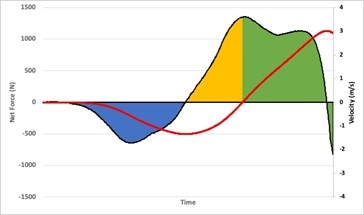
CLINICAL IMPLICATIONS
Ballistic and plyometric training is a vital component of RTS rehabilitation as they invoke the stretch-shortening cycle mechanism inherent to most sporting activities. Assessing the CMJ provides clinicians with insight into the tissue capacity during rehabilitation and may guide decision-making. Progressive programming of plyometric exercise is critical to ensuring safe and effective training.
Return to sport testing requires robust, objective measures to support the goal of tissue capacity restoration. Practitioners use metrics such as peak or mean force, peak velocity, and impulse within each phase of the CMJ as considerations in return to sport decision making. If a dual force plate system is available, the athlete performs the CMJ while standing with each foot on separate plates. In that case, practitioners can analyze interlimb differences in force and impulse. Therefore, the CMJ provides clinicians with an easy-to-use, practical, and sport-relevant tool to assess tissue capacity and performance throughout rehabilitation.
REFERENCES
- Sports Act. Living. 2020;2(12).
- BMJ Open Sport & Exercise Medicine. 2019;5:e000639.
- British J of Sports Me. 2020;54:139-153.
- Translational Sports Med. 2019;2(5):256-262.
- Amer J of Sports Med. 2020;48(6):1365-1373.
- Strength and Conditioning Journal. 2018;4(40):96-106.
Further reading
Newsletter Sign Up
Subscriber Testimonials
Dr. Alexandra Fandetti-Robin, Back & Body Chiropractic
Elspeth Cowell MSCh DpodM SRCh HCPC reg
William Hunter, Nuffield Health
Newsletter Sign Up
Coaches Testimonials
Dr. Alexandra Fandetti-Robin, Back & Body Chiropractic
Elspeth Cowell MSCh DpodM SRCh HCPC reg
William Hunter, Nuffield Health
Be at the leading edge of sports injury management
Our international team of qualified experts (see above) spend hours poring over scores of technical journals and medical papers that even the most interested professionals don't have time to read.
For 17 years, we've helped hard-working physiotherapists and sports professionals like you, overwhelmed by the vast amount of new research, bring science to their treatment. Sports Injury Bulletin is the ideal resource for practitioners too busy to cull through all the monthly journals to find meaningful and applicable studies.
*includes 3 coaching manuals
Get Inspired
All the latest techniques and approaches
Sports Injury Bulletin brings together a worldwide panel of experts – including physiotherapists, doctors, researchers and sports scientists. Together we deliver everything you need to help your clients avoid – or recover as quickly as possible from – injuries.
We strip away the scientific jargon and deliver you easy-to-follow training exercises, nutrition tips, psychological strategies and recovery programmes and exercises in plain English.
